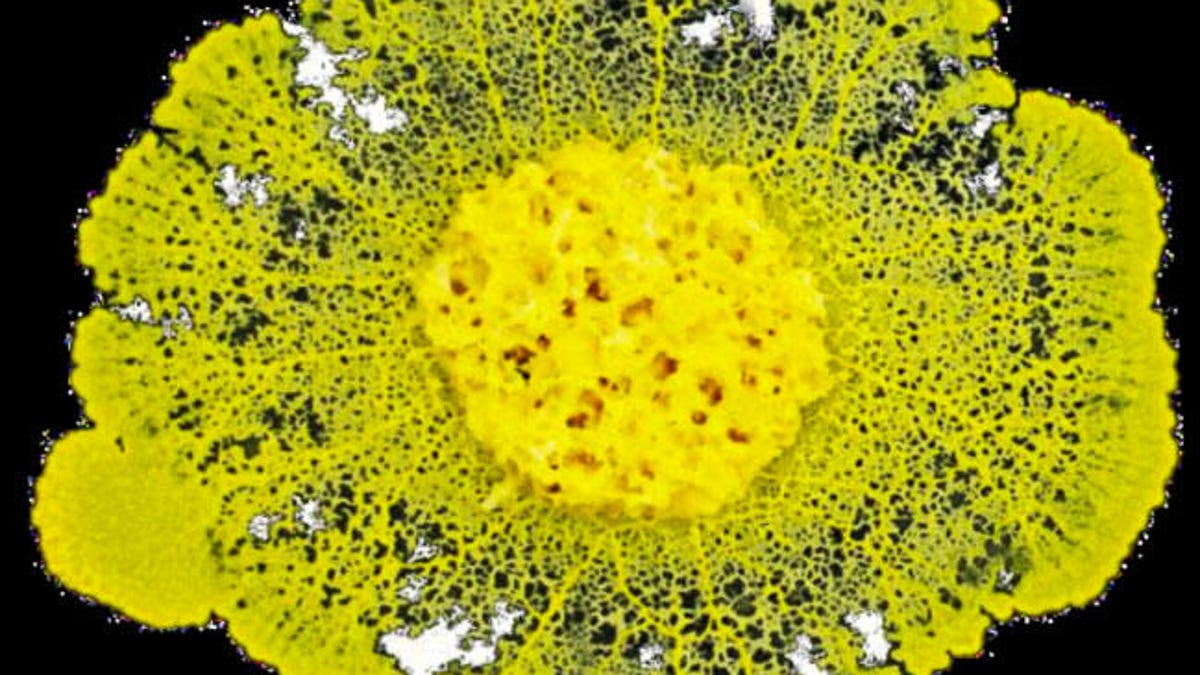Scientists blast weird yellow Blob to International Space Station
Let's see how Blob behaves in microgravity.

A new ISS guest.
A single-cell yellow slime mold known as Blob is headed to the International Space Station. Blob is a naturally occurring slime mold with the scientific name Physarum polycephalum. But the European Space Agency, which just sent Blob to the ISS so it can be observed in microgravity, clearly understands that calling it by its nickname makes it way likelier the mold will snag a movie deal.
"Composed of just one cell, the brainless blob is still able to move, feed, organize itself and even transmit knowledge to like-minded slime molds," says the ESA, which doesn't elaborate on the kind of knowledge like-minded slime molds tend to share.
The goal of the Blob investigation is studying the influence of microgravity on the Blob's behavior. Will the organism behave differently in space? How might microgravity and radiation affect its evolution?
Blob launched to the ISS Tuesday on Northrop Grumman's 16th NASA commercial resupply mission. On the ISS, ESA astronaut and space photographer Thomas Pesquet will add water to Blob to wake it up, and then will take pictures of it under two scientific protocols. One will study how two Blobs respond alongside each other in an environment without food. Another will analyze Blobs when food is available (oat flakes, naturally).
One Blob kit is launching to the ISS for the Blob investigation.
Primary, middle and high school students down on Earth will conduct similar experiments, comparing their results to a time-lapse video from space to observe differences in Blob's speed, shape and growth up there and down here. The goal is getting kids in France and other ESA member states more immersed in the biological sciences. As this is an educational experiment, there's no direct space application, at least that we're aware of yet.
France's space agency, CNES, is partnering with the country's national scientific research center on the investigation.
"Blob is a unique experience that stimulates student curiosity about themes such as the impact of the environment on organisms and the development of living organisms," Evelyne Cortiade-Marché, head of the CNES' education department, said in a statement.
The experiment will last seven days. During that time, a four-second video of Blob will automatically be recorded on a micro SD-card every 10 minutes. And later, possibly, sent to Hollywood agents.

